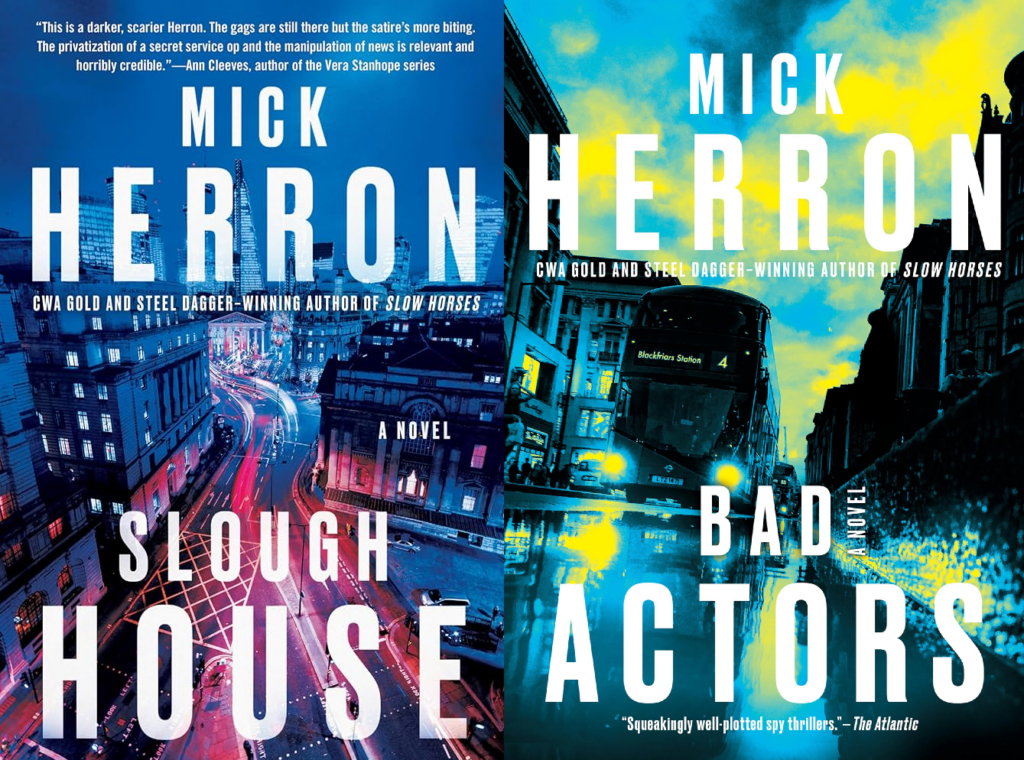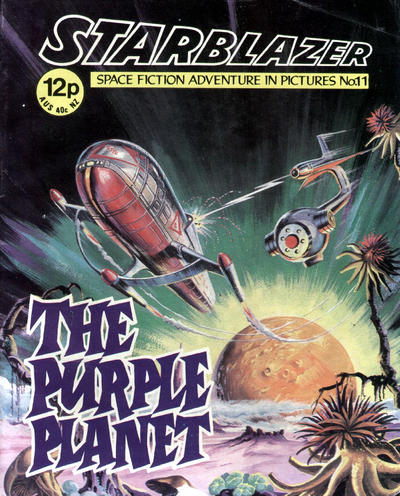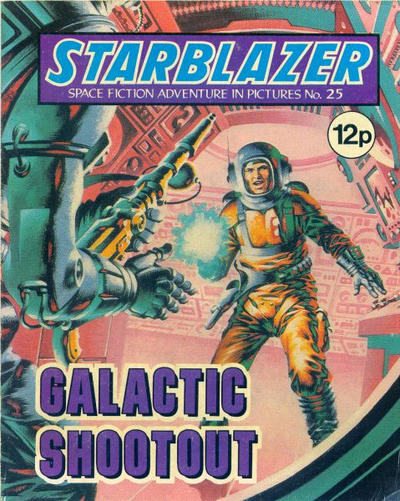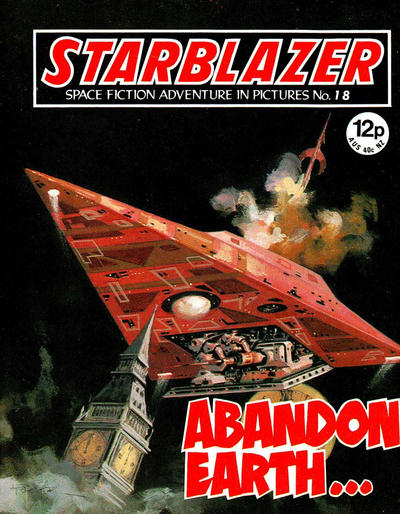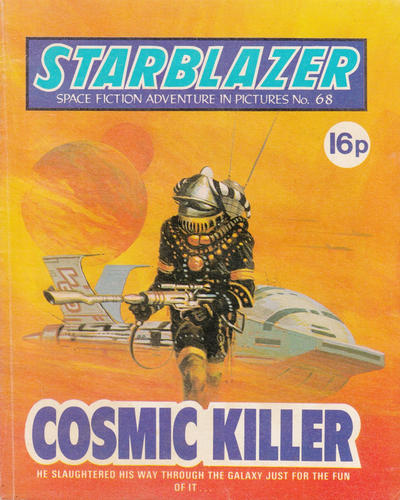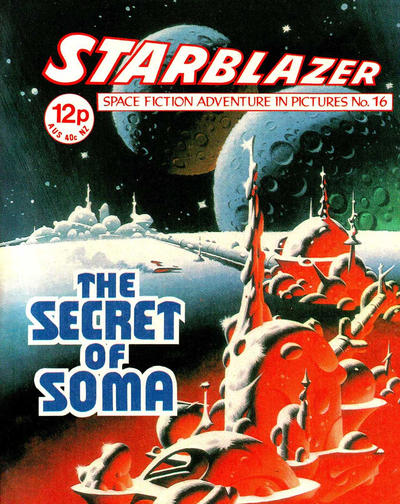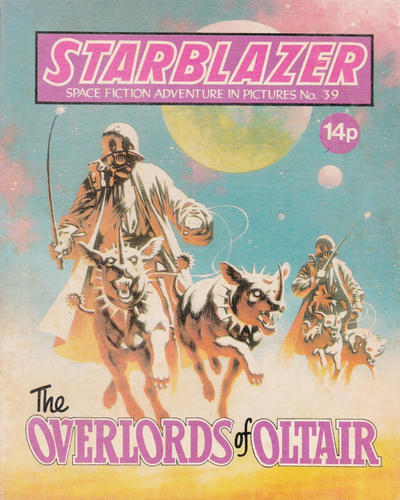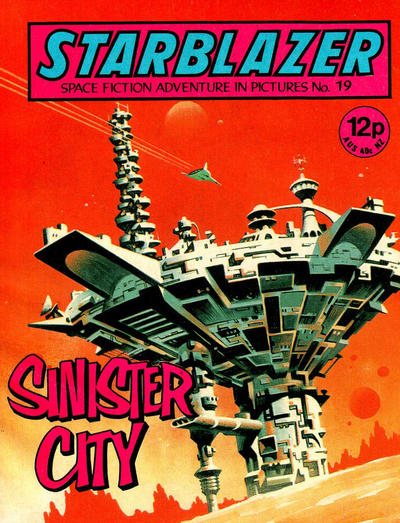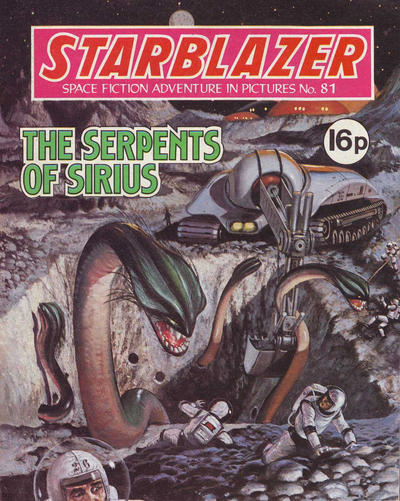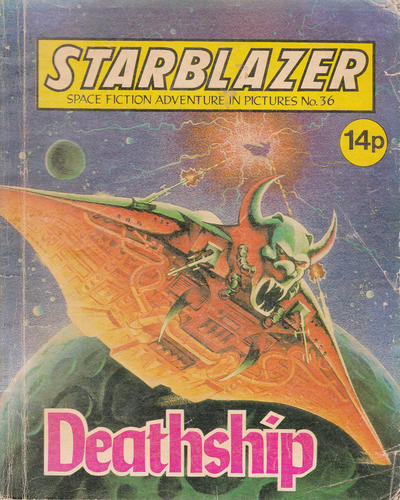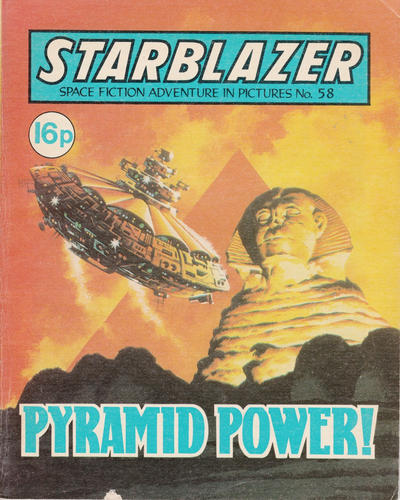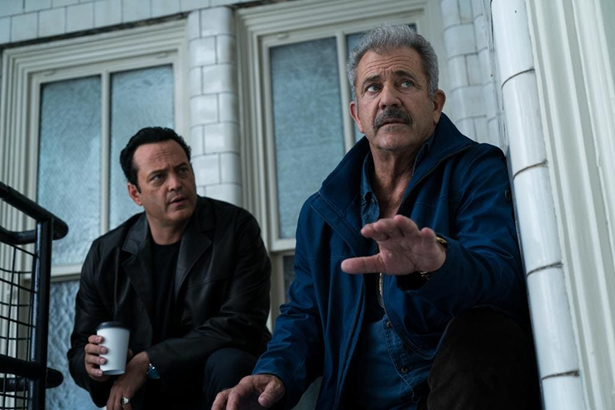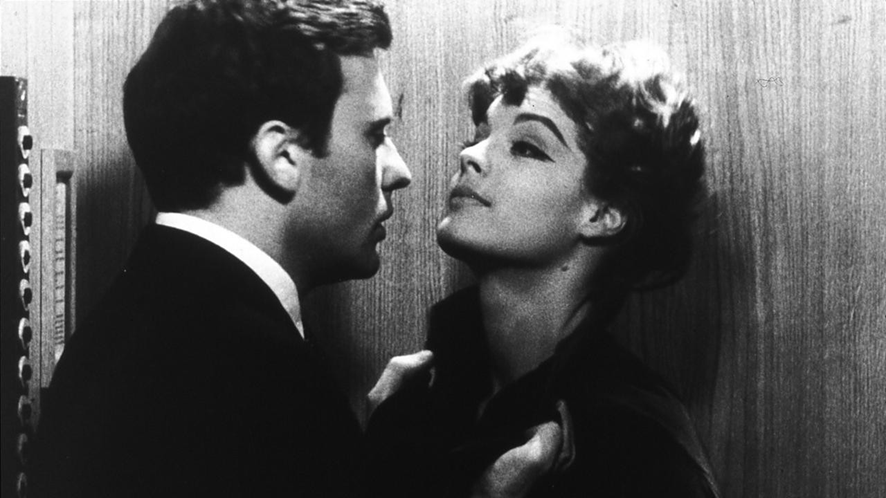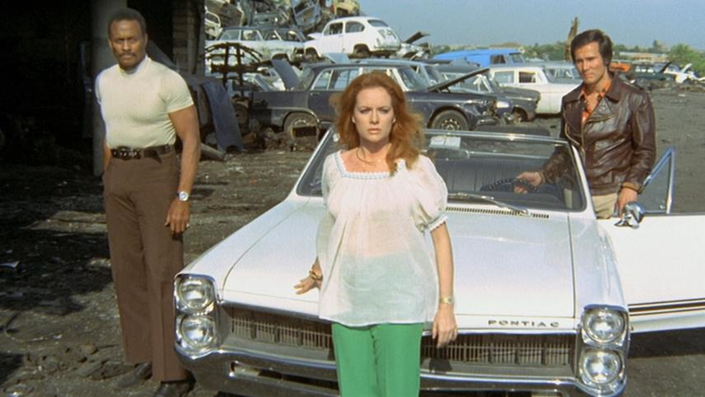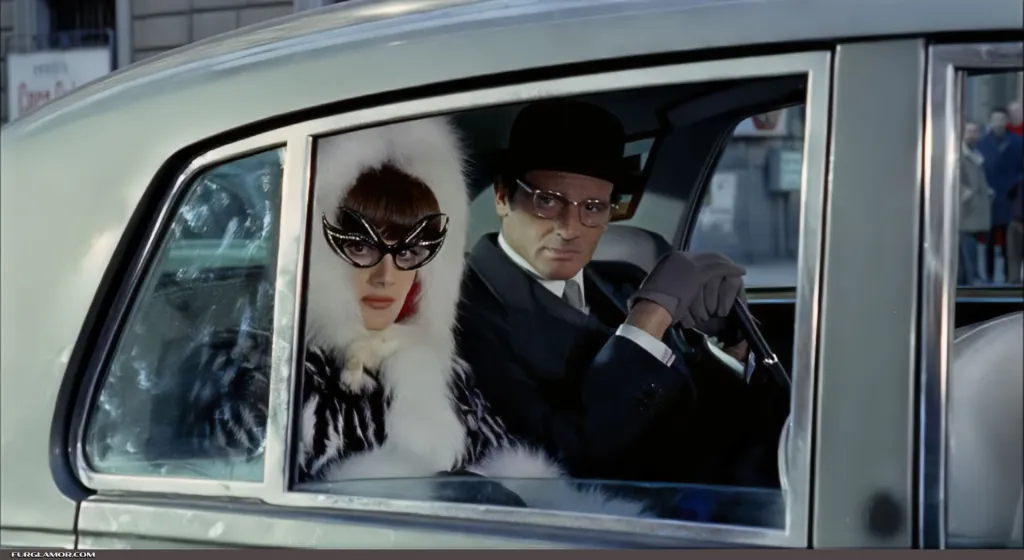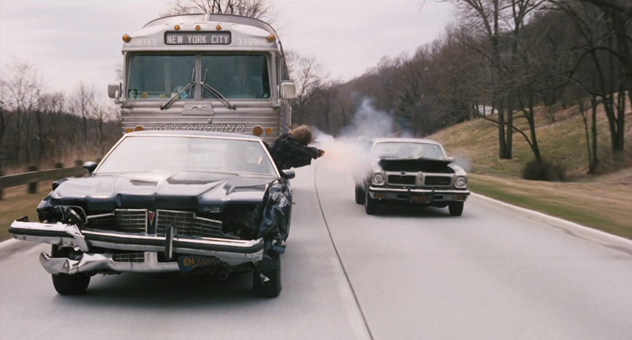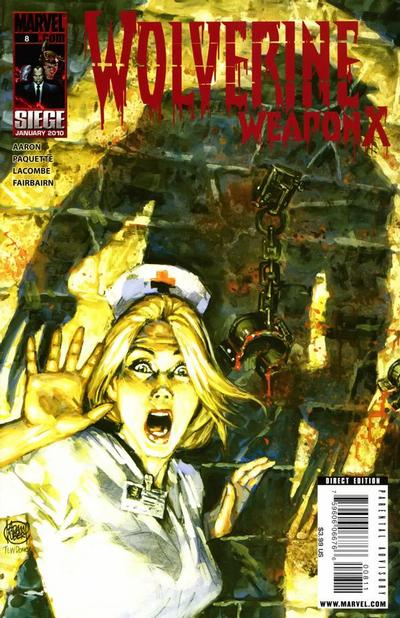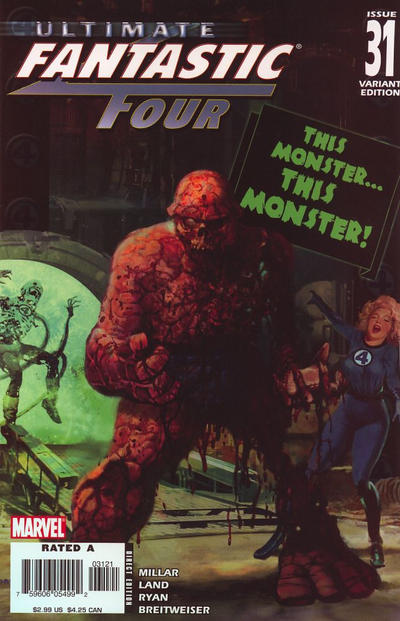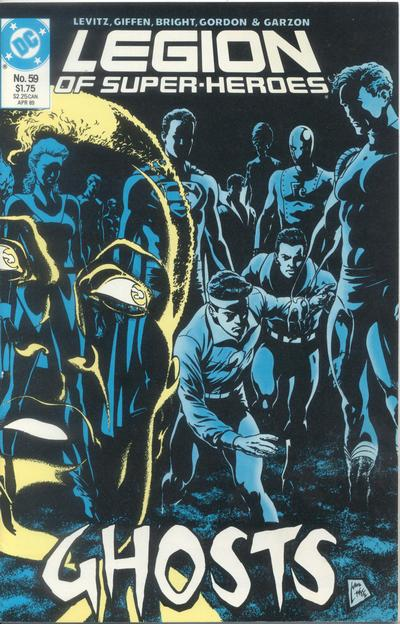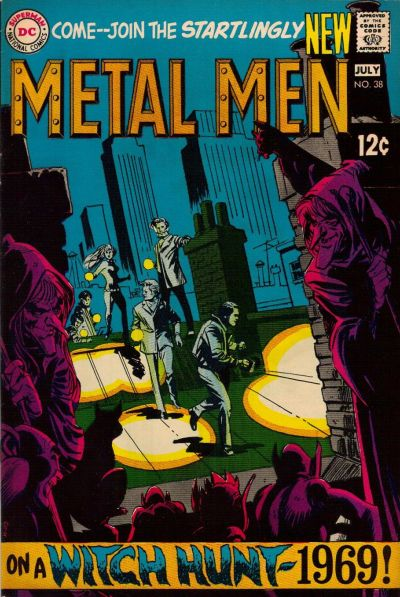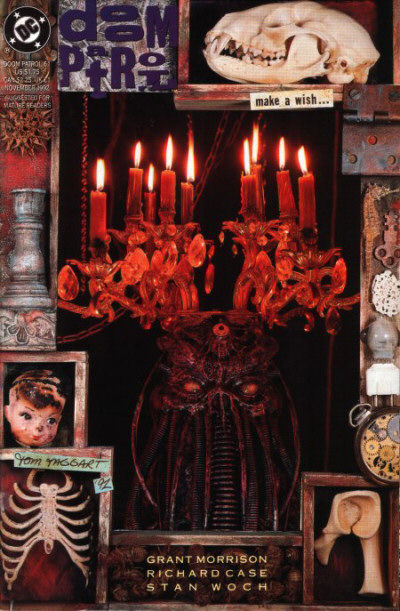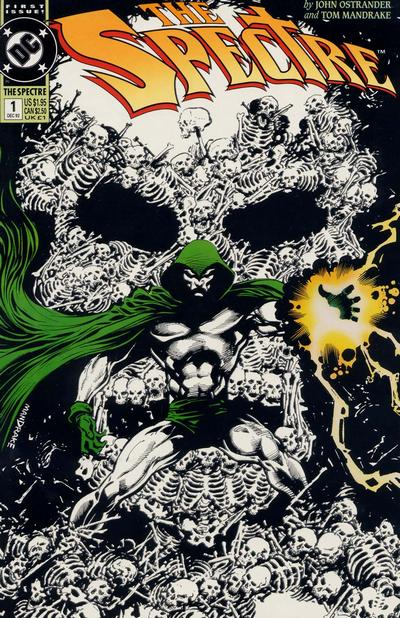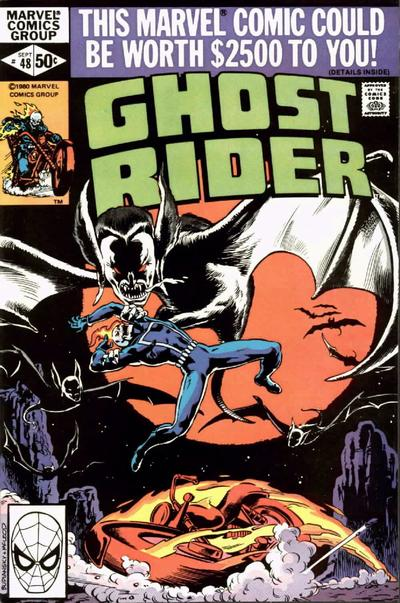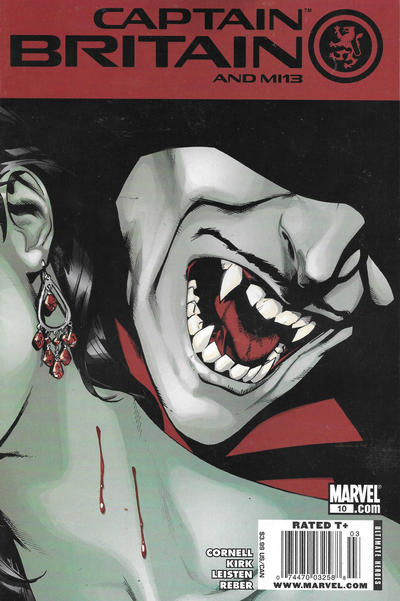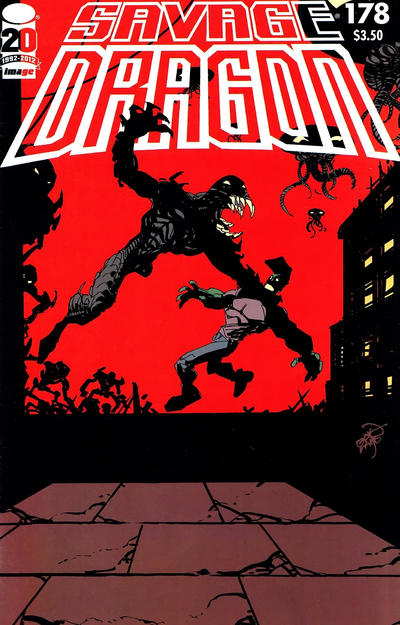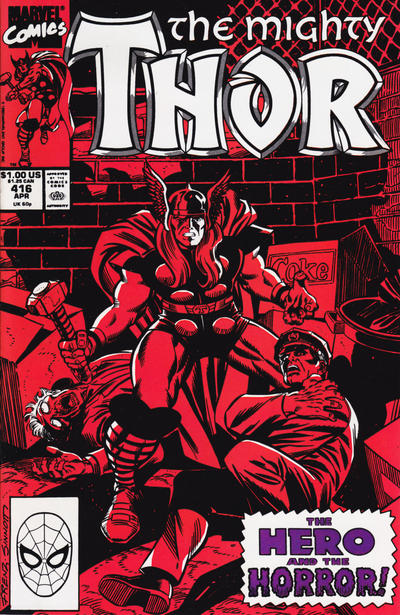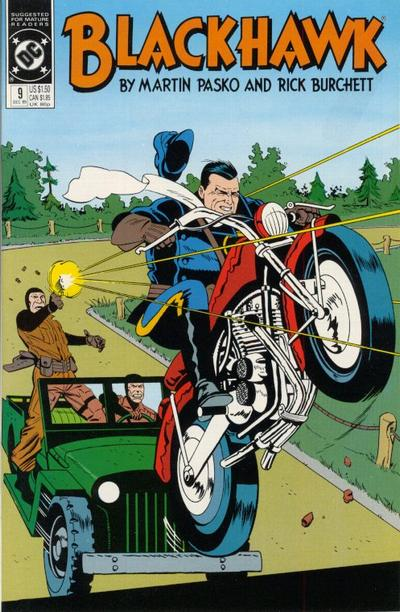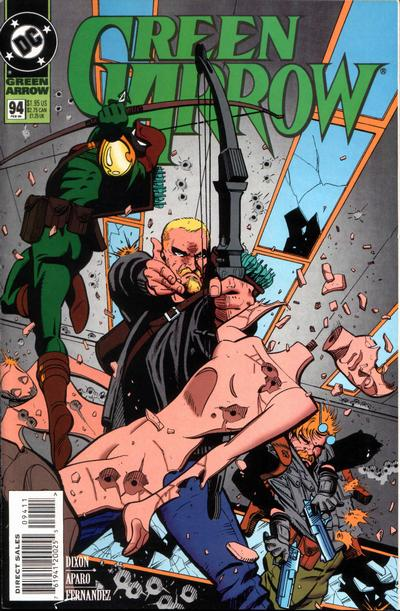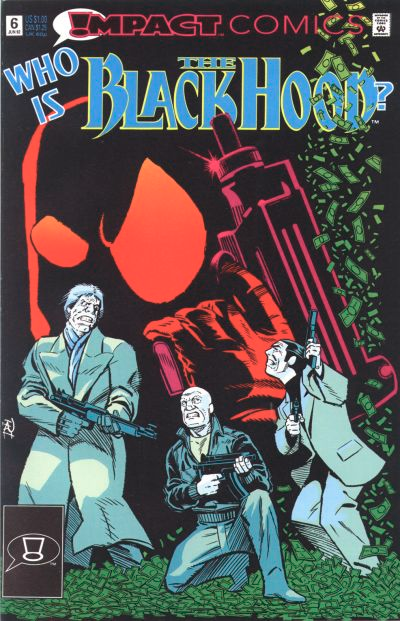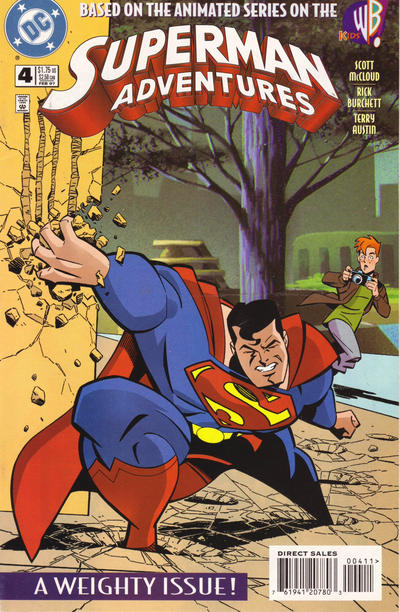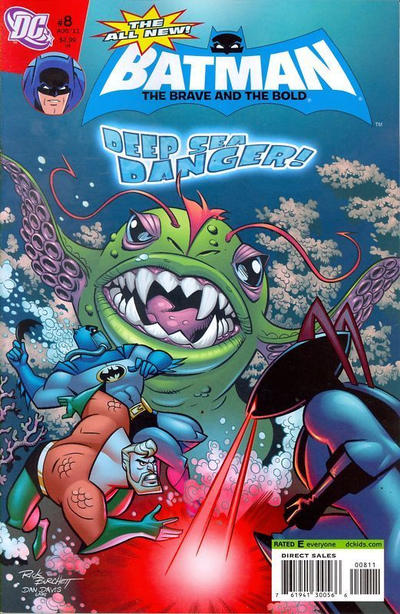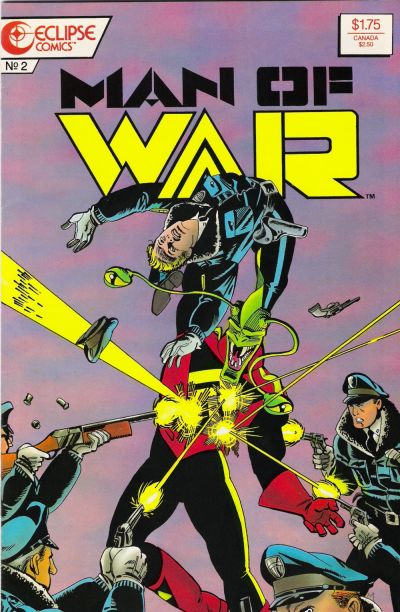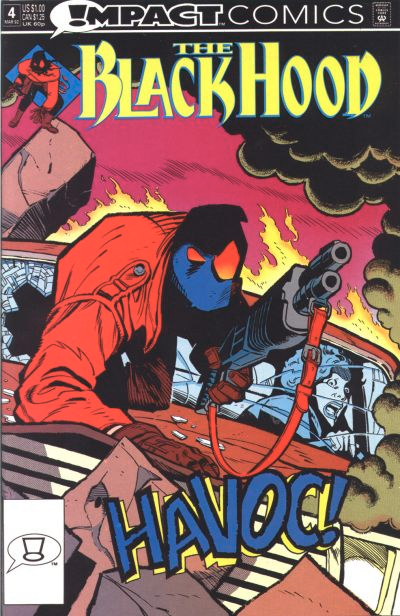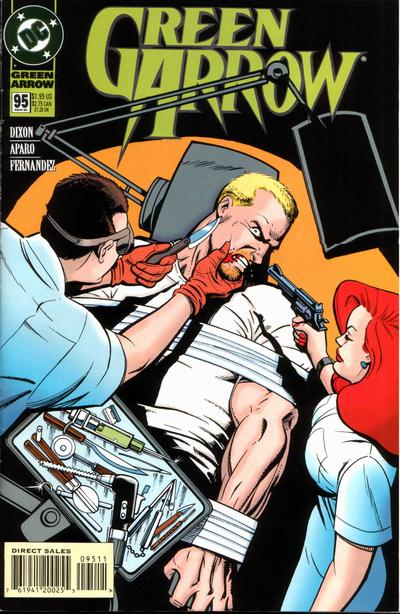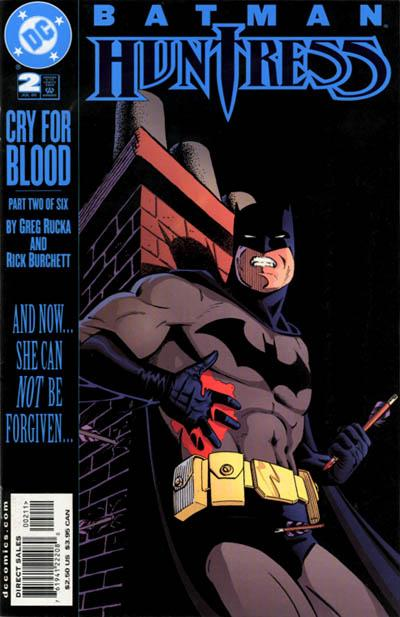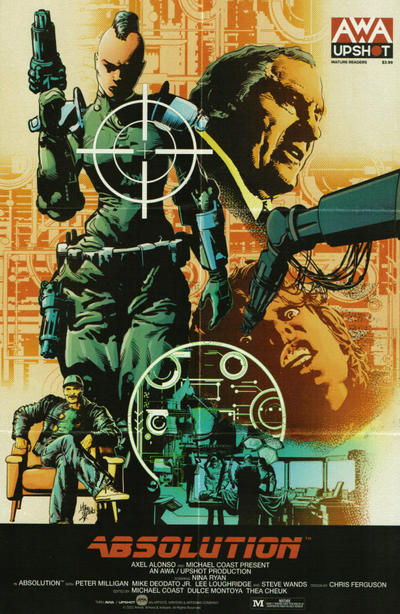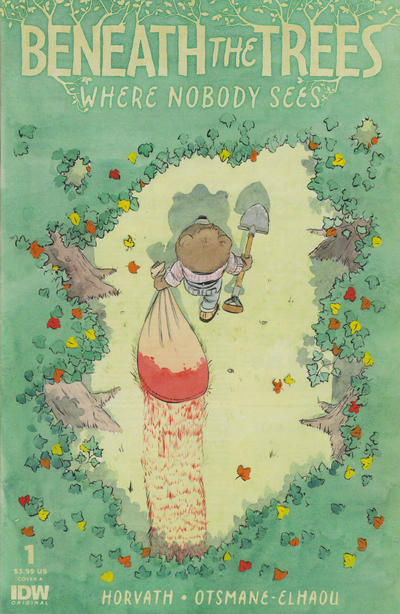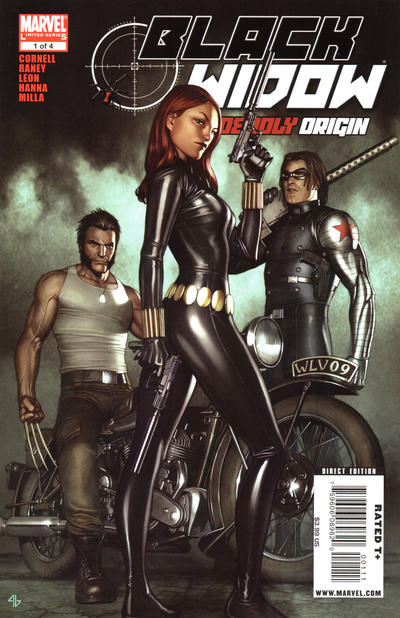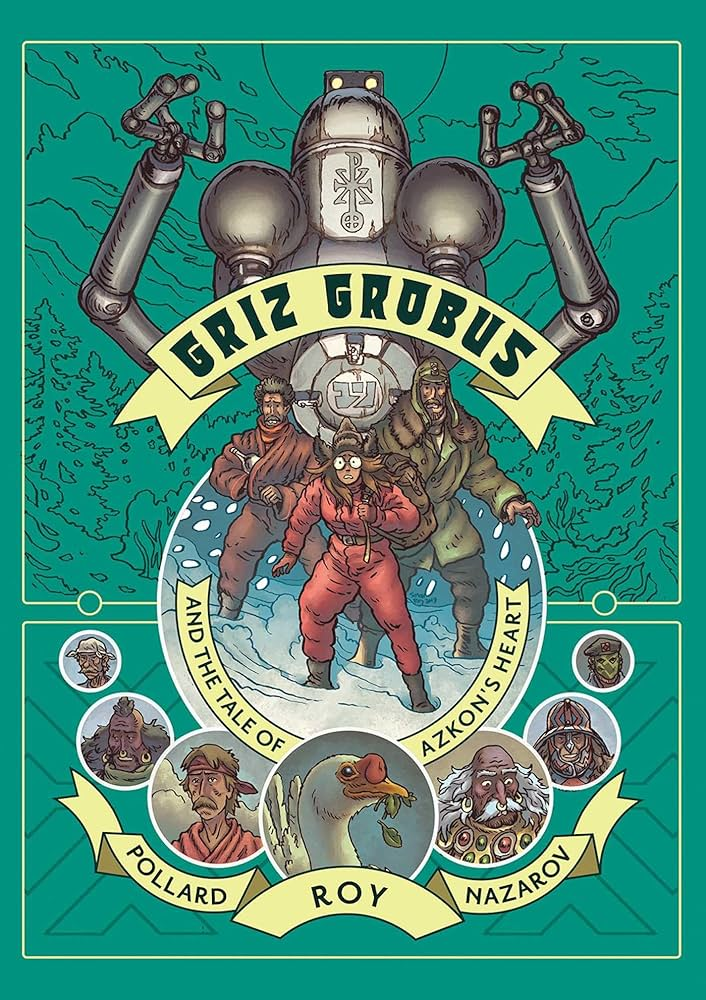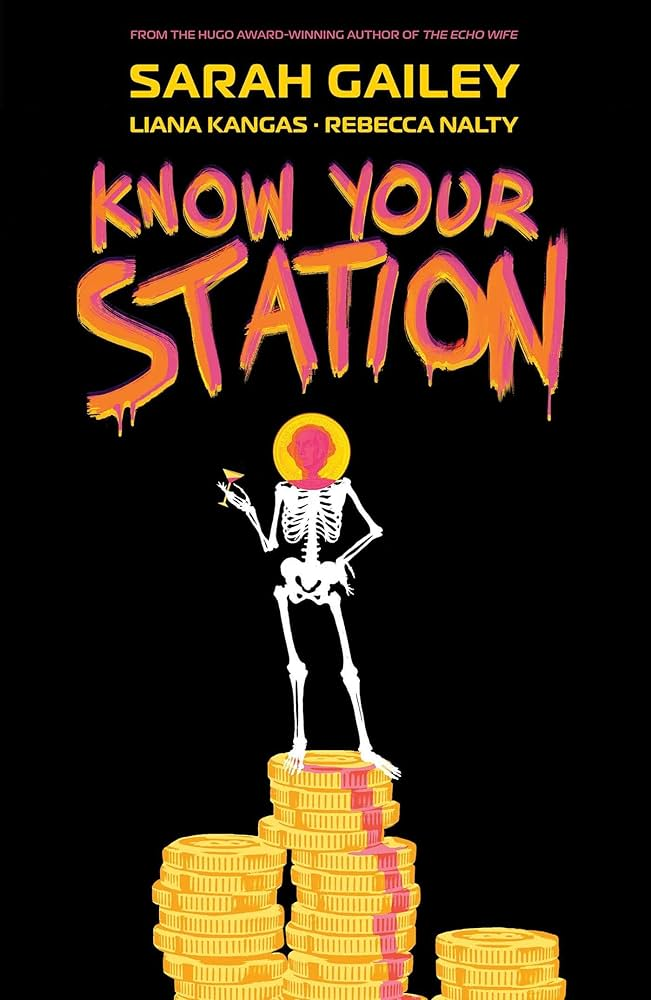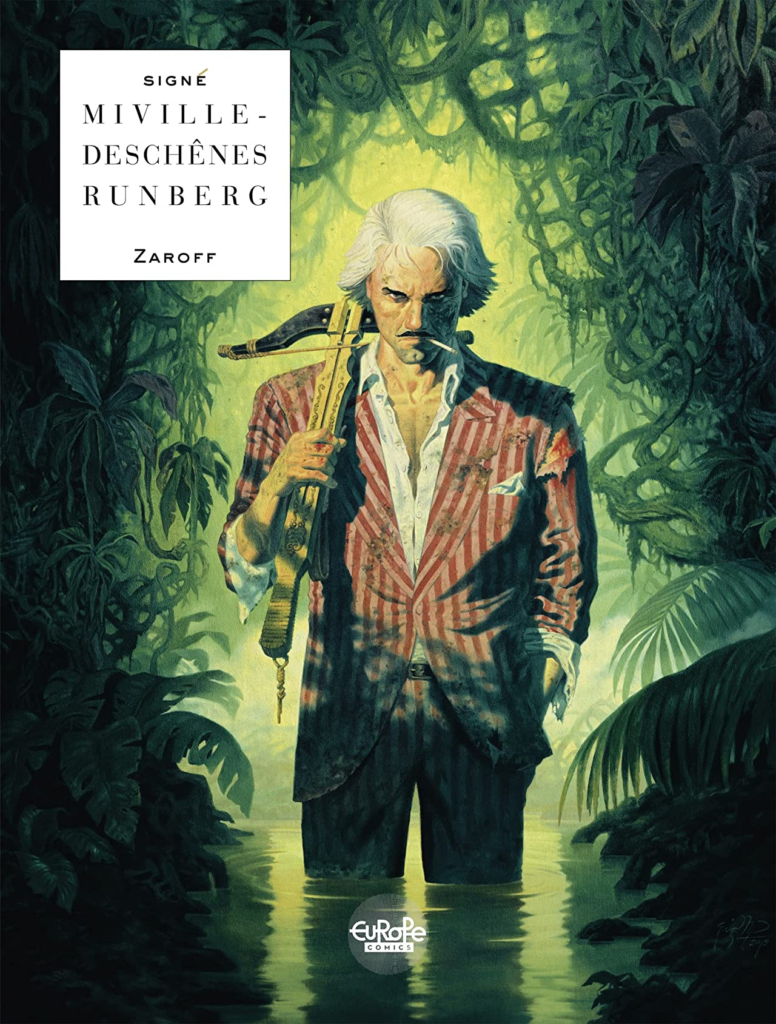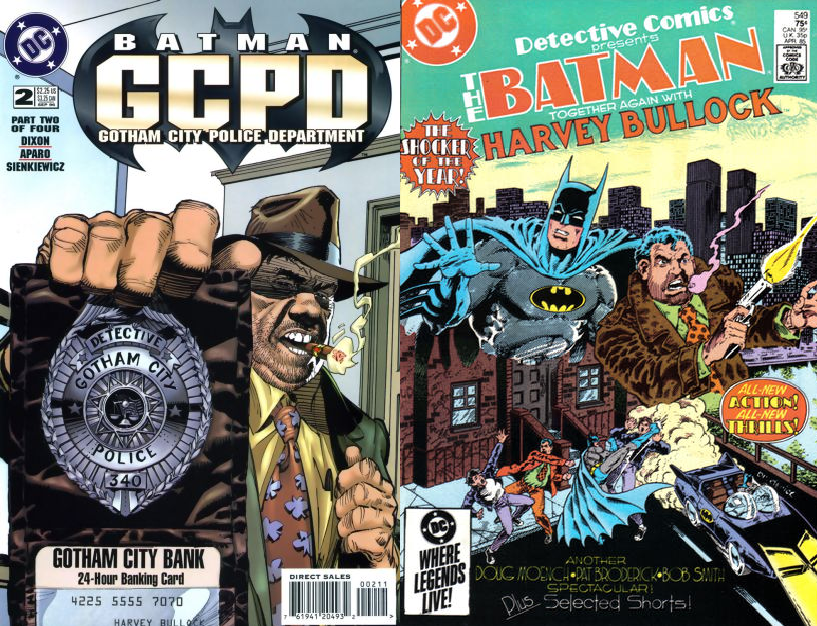
Harvey Bullock is one of the most beloved supporting characters in Batman’s cast, probably because he is such a fun counterpoint to the Caped Crusader: a cigar-chomping, donut-munchin’, overweight, unkempt police detective with a penchant for flashy ties and massive sandwiches who often finds himself dealing with the same psychopathic criminals as Batman, but with a whole other approach. I also think Bullock benefitted from a set of interesting character developments in his first few decades, which are the subject of this post.
Bullock became a cast member in Batman comics in 1983, courtesy of writer Doug Moench and artist Don Newton, although every true geek knows his first appearance actually took place almost ten years earlier, in ‘Judgment Day!’ (Detective Comics #441). Sure, GCPD Lieutenant Bullock made only a minor appearance in that previous story, but it’s hard to assume Moench and Newton didn’t have him in mind, given the blatant similarities in looks and attitude:

Detective Comics #441
Still, 1983 is the obvious foundational moment, namely the epilogue of ‘The Most Successful Species!’ (Batman #361), when Harvey Bulock first belches and storms his way into Commissioner Gordon’s office.
The premise of this storyline is that Mayor Hamilton Hill, who can’t stand James Gordon, promotes Bullock to assistant of the commissioner just to screw with poor Gordon…
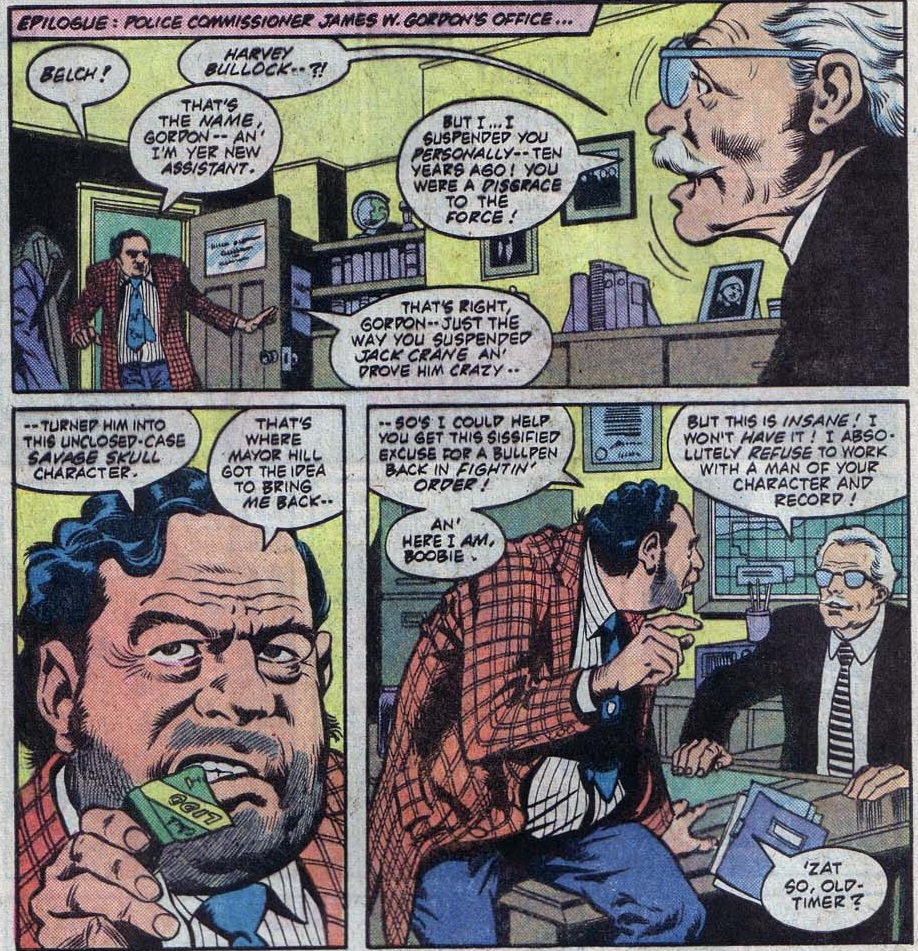
Batman #361
It was just a one-page appearance in this issue and, yet, look at the way Harvey Bullock imposes himself. It’s not just that he takes over space with the close-up and then the foreground positioning… His large body, rugged looks, and abrasive attitude immediately present him as a force of nature to be reckoned with.
What is fascinating about Moench’s version of Harvey Bullock is that what could’ve been a one-note opponent actually keeps evolving, either changing himself or challenging our perceptions. The ongoing ambiguity about this guy (how dirty is he? how scrupulous is he? and how much of a beast is he? is he for real?) makes Bullock one of the most engaging characters to read about in a cult-worthy run that has a pretty good supporting cast all around.
At first, Bullock is so suited to the role of being a pain in James Gordon’ ass that he almost kills the commissioner with his doucheness:
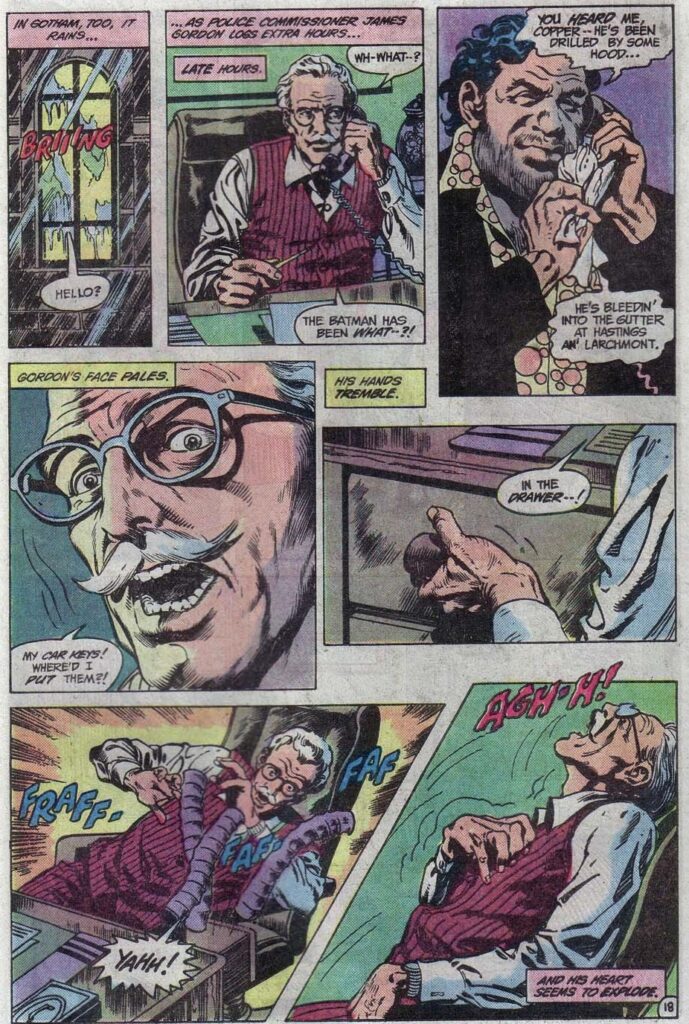
Batman #364
This prank sends Gordon into a coma (to be fair, by then the commissioner’s poor health had been foreshadowed in the pages of Batman and Detective Comics for quite a while). It’s at this point that Harvey Bullock, feeling guilty, has a change of heart and switches allegiances from Mayor Hill to Commissioner Gordon. As he later explains to the mayor (in a badass confrontation scene, in Detective Comics #546), Bullock only played along with Hill’s schemes for his own reasons all along: he thought the commissioner had gotten ‘too soft,’ but in the meantime he realized that ‘in his sleep, Gordon’s a better cop than I’ll ever be.’
Bullock eventually also strikes a nice rapport with the Dark Knight and, particularly, with the second Robin, Jason Todd, starting with their bonding in the excellent ‘Port Passed’ (Detective Comics #554).
But the twists don’t stop there…
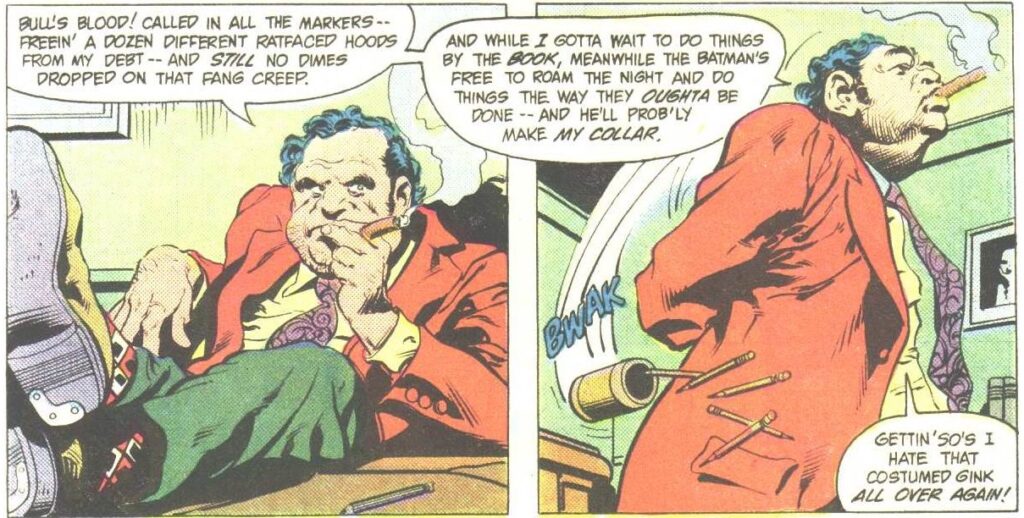
Detective Comics #539
(He knocks out the pencils even when he’s alone, so it can’t be all an act… or can it?)
When Commissioner Gordon doesn’t support an investigation into the city’s new gang boss, Dr. Fang, Harvey Bullock seems to go on the take, out of sheer resentment, only to then reveal this was all part of a sting operation.
And later still, Hamilton Hill decides to get revenge on Bullock because of his betrayal, cutting a deal with Dr. Fang’s old crew whereby Fang will get released if they kill Bullock, leading to this nifty sequence:
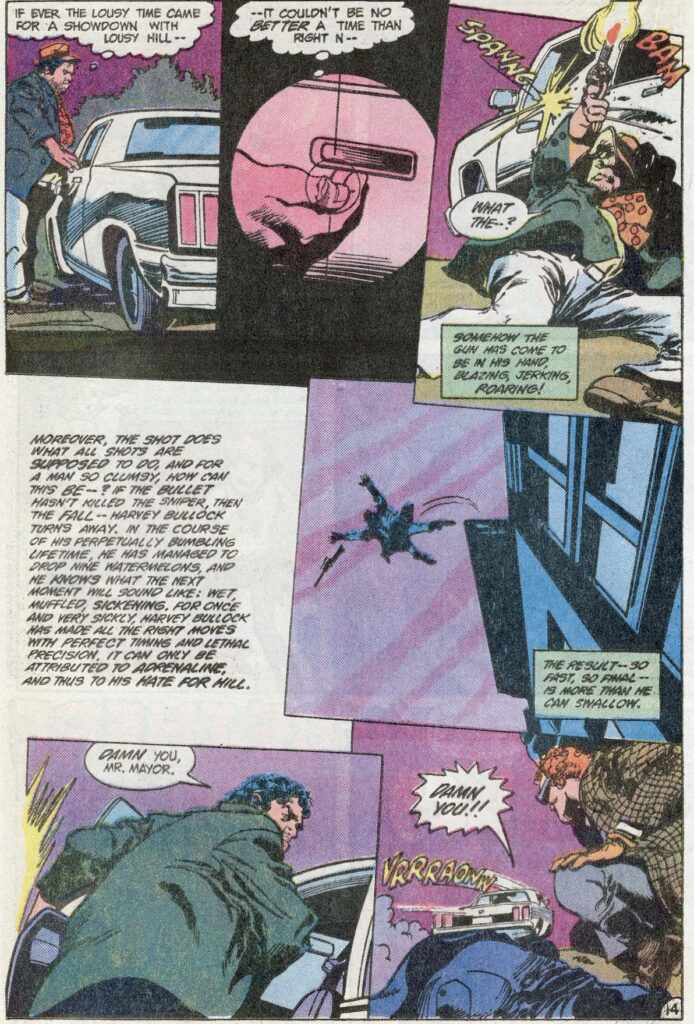
Detective Comics #546
Look at the smooth way in which artist Gene Colan, while going nuts with the tilted angles (as usual), has Bullock shift – Jackson Lamb-style – from a bulky figure with bad posture into a surprisingly agile man of action (Colan isn’t just a master of horror comics!).
Likewise, Doug Moench’s florid narration in the page above highlights a key component of the mystique of Harvey Bullock during this initial period. On the one hand, Bullock is frequently defined as klutzy and even buffoonish to the point of slapstick…
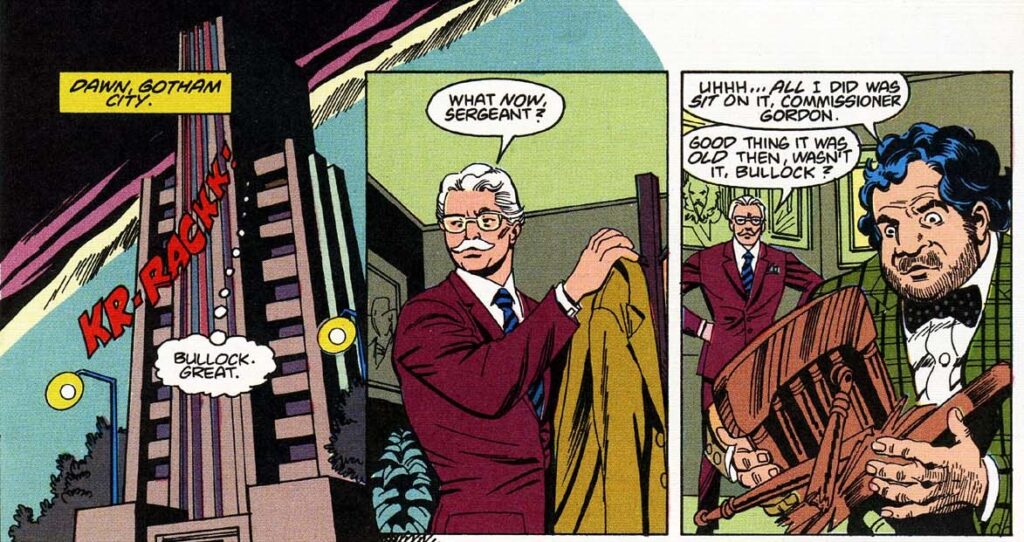
Vigilante #44
On the other hand, however, Harvey Bulock also comes across as a macho, old-school cop who belongs in Gotham City’s scuzzy streets, just as he would feel at home in a 1950s’ film noir thriller, with all the darkness that comes with it, including a fancy for violent interrogation methods:
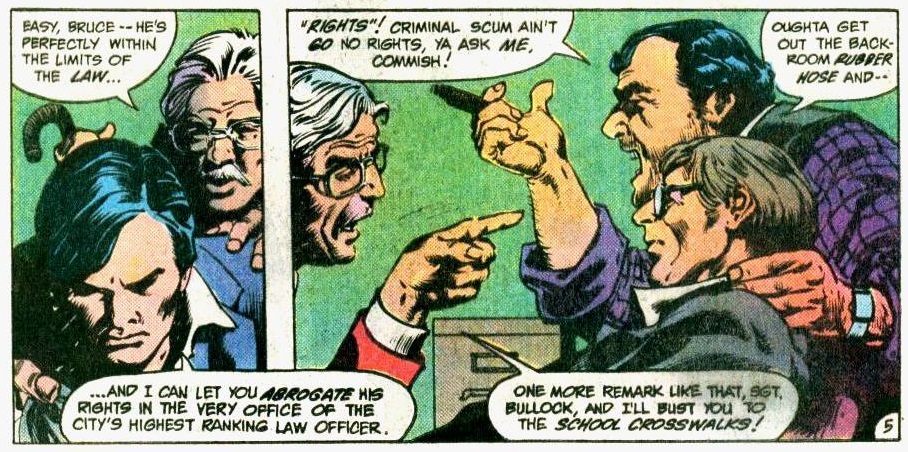
Detective Comics #534
It wasn’t just Doug Moench that exploited the sleazy, revolting potential of this figure. During their legendary runs on Swamp Thing, Alan Moore and Rick Veitch did a stellar job of unifying various of corners and concepts of the DC Universe under a relatively coherent, grim horror tone. And so, sure enough, they memorably brought Harvey Bullock into their nightmarish vision:
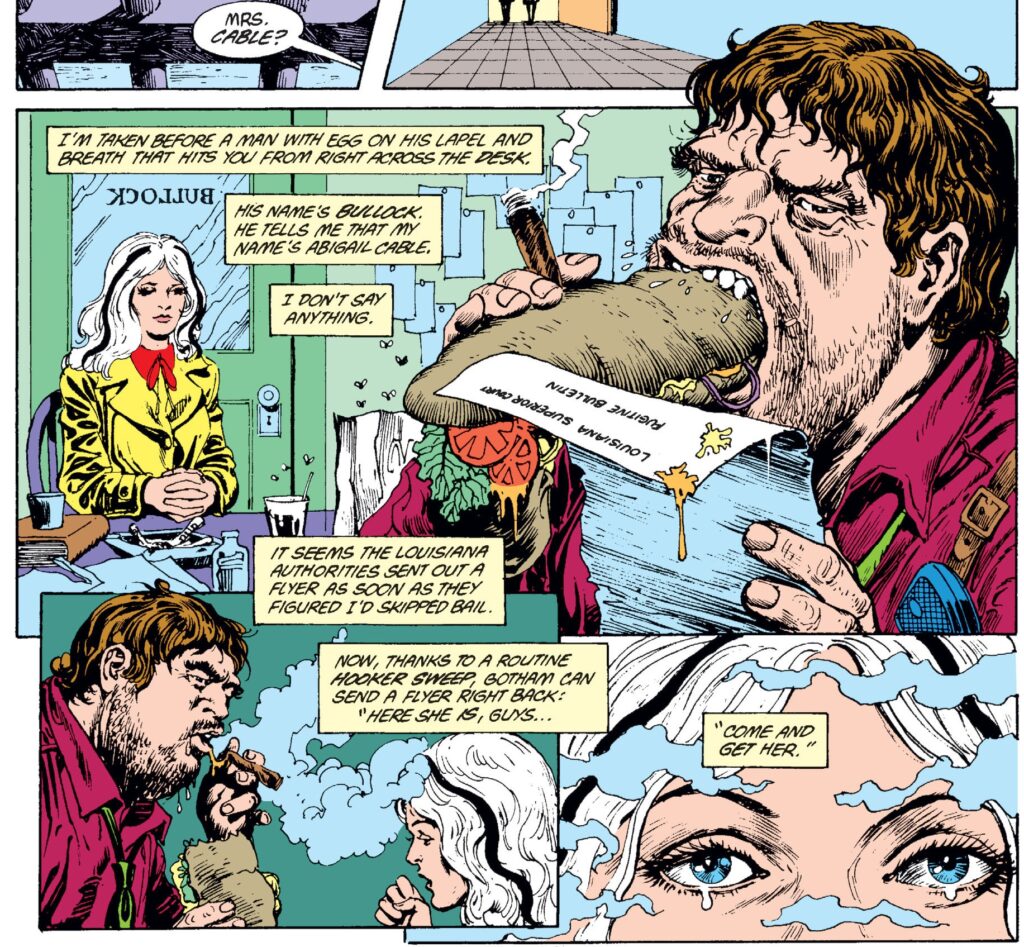
Swamp Thing (v2) #51
Moench addressed the character’s apparent contradictions in the great ‘Dr. Harvey and Mr. Bullock’ (Detective Comics #549), where we learn that Harvey Bullock’s bull-in-the-china-shop posture is, at least in part, an act. For all his clumsiness and tough guy bravado, Bullock has a delicate and contemplative side as well, represented by a tidy apartment decorated with classic movie posters:
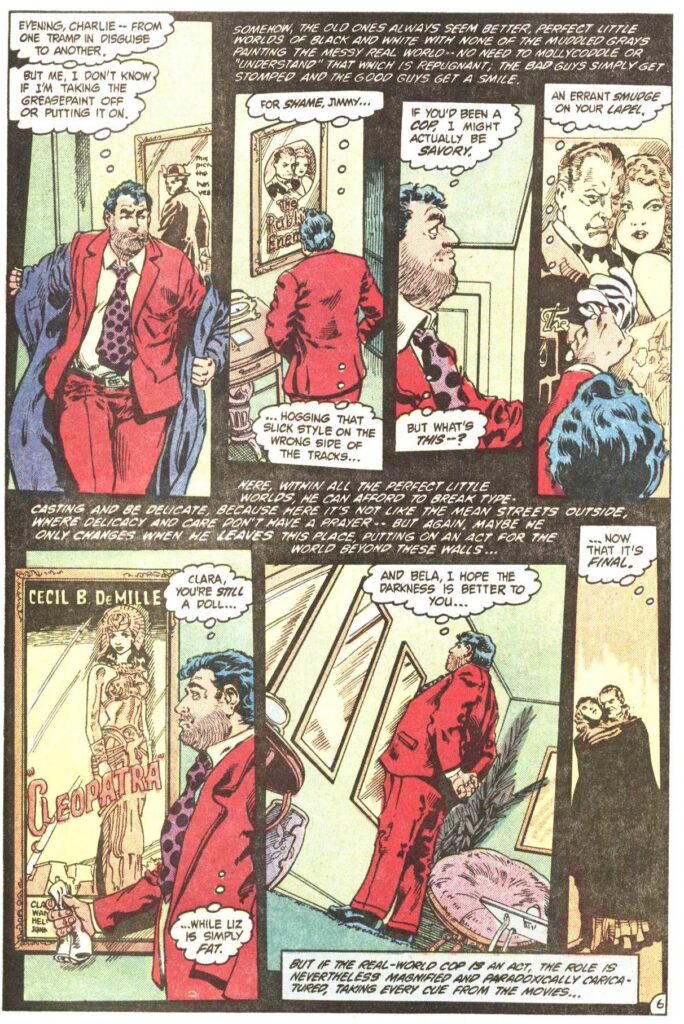
Detective Comics #549
Needless to say, what I love about this reveal is the notion that the reason Harvey Bullock looks and acts like a cop in old crime movies is because he deliberately models himself after classic Hollywood characters!
Sadly, nobody else picked up on the suggestive distinction between ‘Harvey the man’ and ‘Bullock the cop,’ but at least his passion for classic cinema has remained a character trait over the years. He often references Hollywood movies and stars, his apartment is typically shown to be full of posters, and in Checkmate! #15 we learn he has decorated his office in a similar manner (namely with posters of The Big Sleep, Double Indemnity, and The Ox-Bow Incident).
In the late ‘80s, writer Paul Kupperberg brought Harvey Bullock into his own corner of the DCU. In the last issues of Vigilante, Commissioner Gordon, still uncomfortable with Bullock’s style, had him transferred to a secret federal agency. This security agency later became Checkmate and had a whole series devoted to it, with Bullock as one of its chiefs (codenamed ‘bishops’).
Kupperberg ran with the version of Bullock as a clumsy slob and a compulsive eater. He was also racist:
Action Comics #598
You’d think Bullock would be out of his league in this whole cloak-and-dagger setup, if nothing else because, as you can see in the picture, he was now expected to shave and to dress more formally. Nevertheless, I think he fit in quite well in Checkmate! – we see him bending the rules (leading to a nice payoff in #8) and there is even a romantic subplot (#19-22), so he continued to grow as a character inasmuch as we kept seeing slightly new sides of him.
Not long after Checkmate! came to an end, Doug Moench brought Bullock back to Batman comics in 1992, now partnered up with Renée Montoya in the Major Crimes Unit attached to Commissioner Gordon’s office. At first, he was still the same bumbling wiseass…
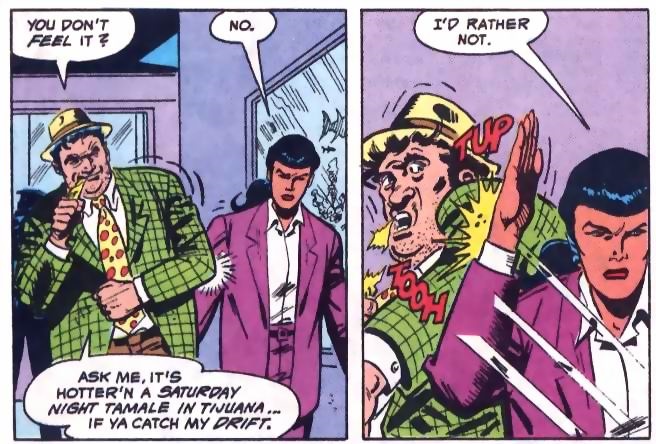
Batman #482
In fact, over the years Doug Moench largely stuck to his original conception of the character. The whole bull-in-a-china-shop angle was literalized in ‘The Bomb, the Bull, the Butler & the Bat’ (Batman Chronicles #23), in which Harvey Bullock literally went into a china shop.
Moench wrote one of Bullock’s most devastating issues, back in 1995. After being put in a coma by the KGBeast in the post-Soviet crossover ‘Troika,’ Bullock had a very ill-fated romance with the nurse who had taken care of him, in the heartbreaking ‘Fades to Black’ (Batman #520). Perhaps to compensate, three years later Moench offered the character a second chance at love in the awesome ‘Dead City’ (Batman #559), set in the aftermath of Gotham’s earthquake and thus signaling a glimmer of hope among the encroaching chaos.
Before that, there was also the period when Batman found himself out of the loop – having had a fallout with both Commissioner Gordon and his replacement, Commissioner Essen – so the Dark Knight started working more closely with Harvey Bullock, who agreed to carry a bug for him, letting him in on his investigations. Even as Bullock changed allegiances over the years, though, there remained a certain coherence in Moench’s scripts. This Bullock was a cop, through and through, and there was nothing he respected more than copness:
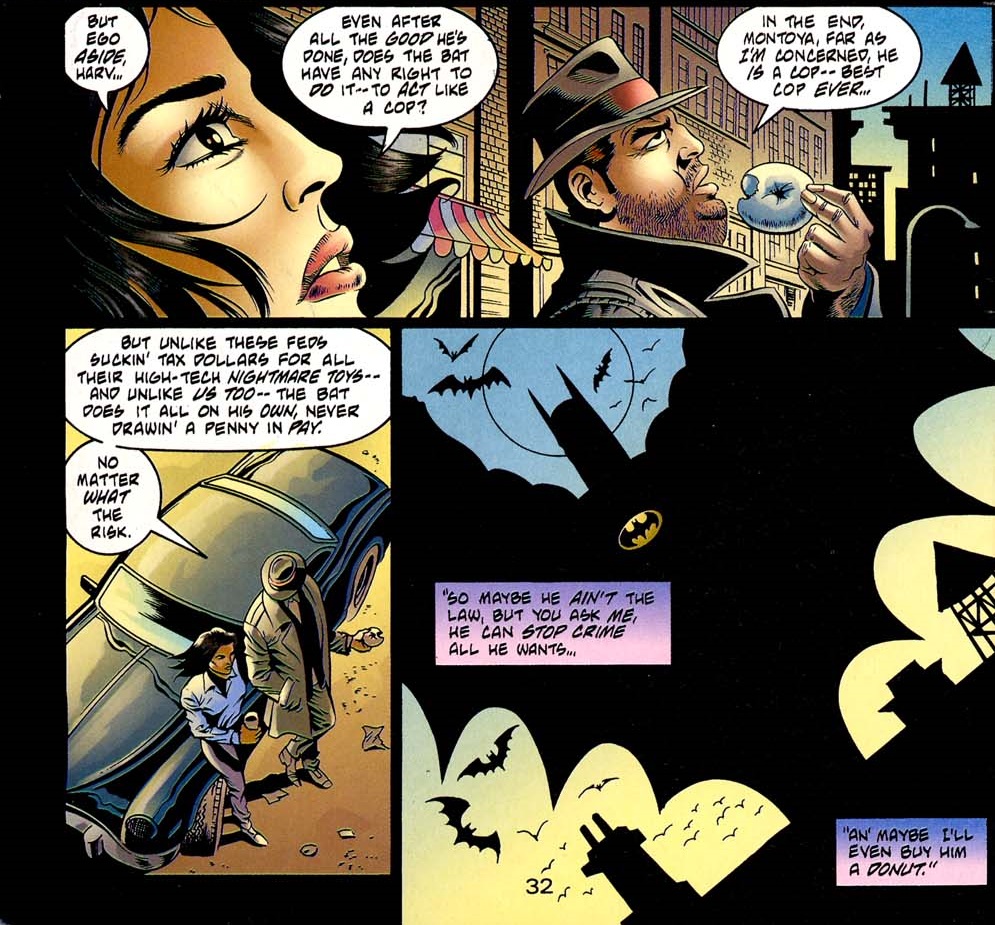
Outlaws #2
Yet Moench wasn’t the only one writing Harvey Bullock. In fact, when it comes to ‘90s comics, I’d argue he wasn’t even the character’s most defining writer anymore.
That would be Chuck Dixon, who did some of his career-best work at the time and who really fleshed out Bullock’s persona as soon as he started writing Detective Comics, early in the decade, dropping the original ambiguity in the name of a clearer, harder-edged psychology. In particular, the super-cool whodunit ‘A Bullet for Bullock’ (Detective Comics #651) pretty much defined Dixon’s take on the character and on his relationship with Batman, in two pages:
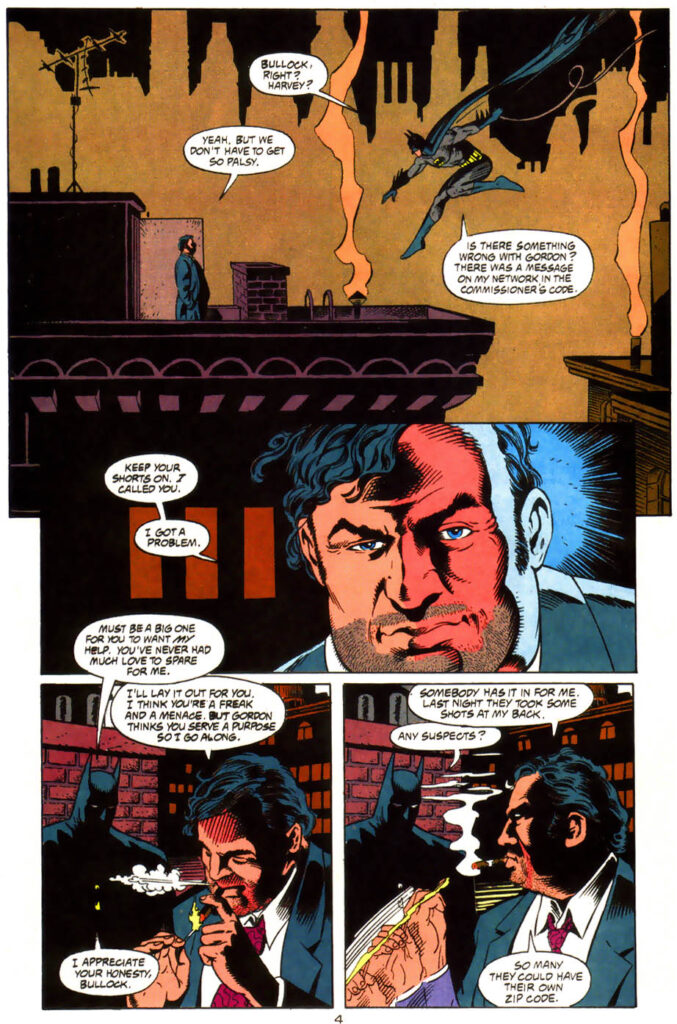
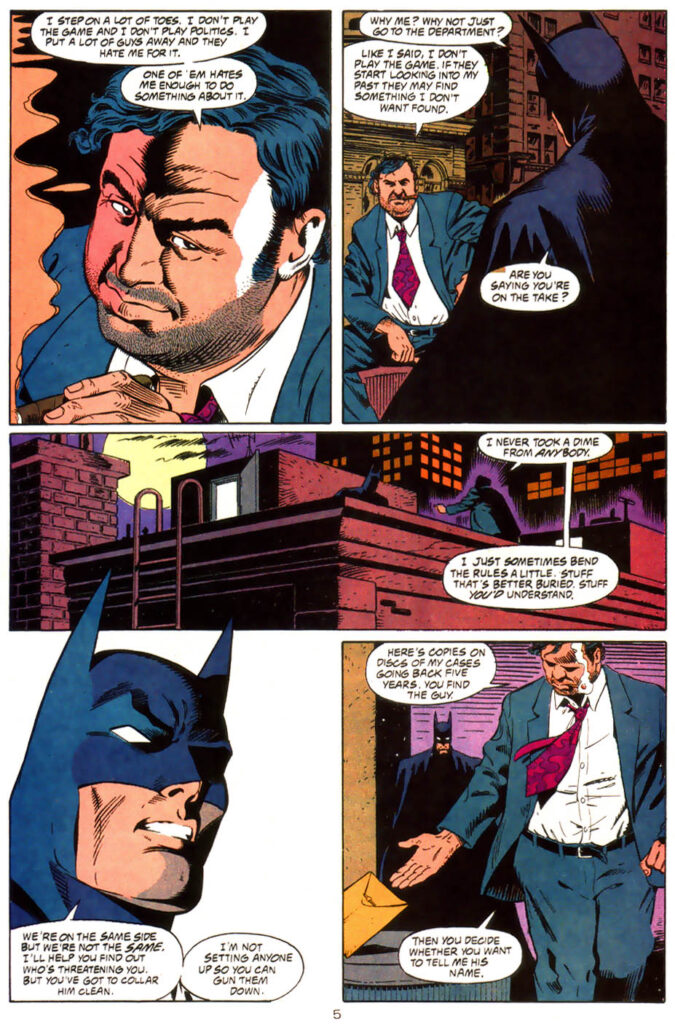
Detective Comics #651
The hardboiled angle had been there from the start, to some degree, but now it was cranked up to eleven. Chuck Dixon’s version of Harvey Bullock was a smart, gruffy, streetwise police detective willing to cut a few corners, richly well-defined even in his contradictions (not least due to Dixon’s knack for penning crackling dialogue).
Despite being vocally dismissive of Batman, Bullock understood him and, out of a sense of loyalty, actually covered up for the Caped Crusader when push came to shove:
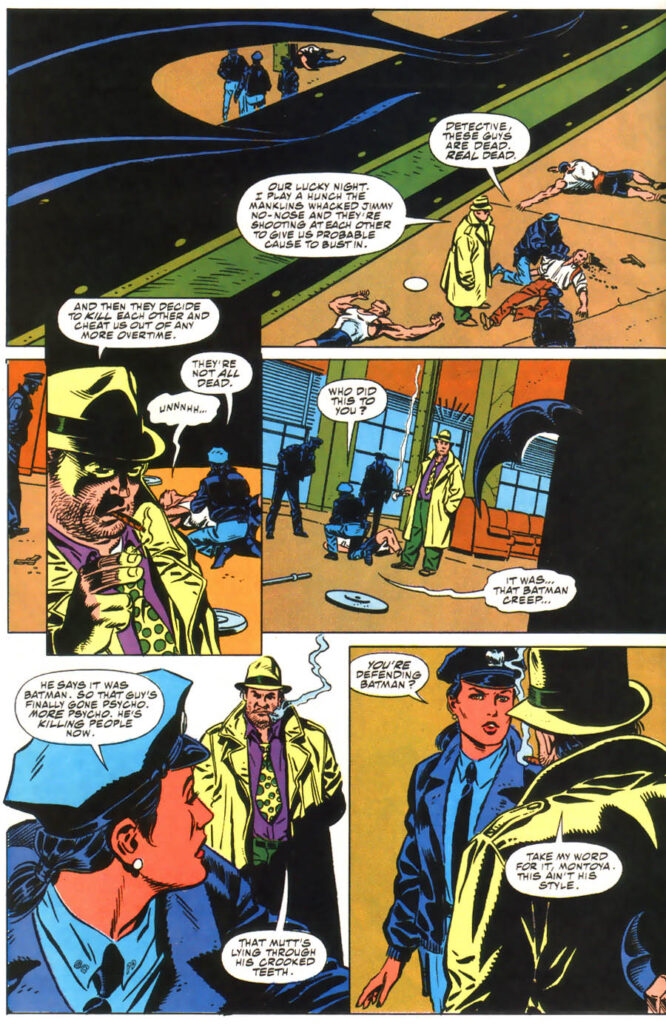
Vengeance of Bane
(That visual reveal in the bottom corner is exactly the sort of detail Dixon and Graham Nolan excelled at…)
This Harvey Bullock wasn’t necessarily incompatible with what we’d seen before. The fact that he was damn loyal to Gordon – and even to Batman – didn’t mean it had always been this way. The fact that he didn’t act as clownish could just mean he dropped part of his act as he got older. Even his past as a federal agent in Checkmate! wasn’t completely ignored:
Detective Comics #658
Besides the regular Batman comics, in the mid-to-late 1990s Chuck Dixon explored Bullock’s rough cop persona through a number spin-off specials and mini-series. In G.C.P.D., Sergeant Bullock is charged with police brutally (after beating up the Polka Dot Man!) and temporarily gets a new partner, an Asian-American officer who challenges Bullock’s racist impulses. Now, I’m not saying this is a particularly insightful or challenging comic about the Asian-American experience (for that, you have to go to Adrian Tomine’s Shortcomings), but it’s nice to see the book confront head-on an uncomfortable aspect that feels very much in-character for this certain type of figure (and which had been established at least as far back as Checkmate!).
In Gordon’s Law, we get a beauty of a scene in which Commissioner Gordon asks Harvey Bullock to investigate fellow officers on the word of a criminal, which Bullock angrily refuses to do, showcasing his ‘blue wall’ corporatist mentality. Again, it’s a problematic side of the character (for me, although probably not for the conservative Dixon), but one that rings entirely true (remember that sense of loyalty I told you about?), so it makes him come alive.
Finally, Bullock is front and center in Bullock’s Law, a fun tale where he makes a deal with the mobster Black Mask and then finds himself trying to play at least three different sides at the same time. Also, hilariously, he has to diet:
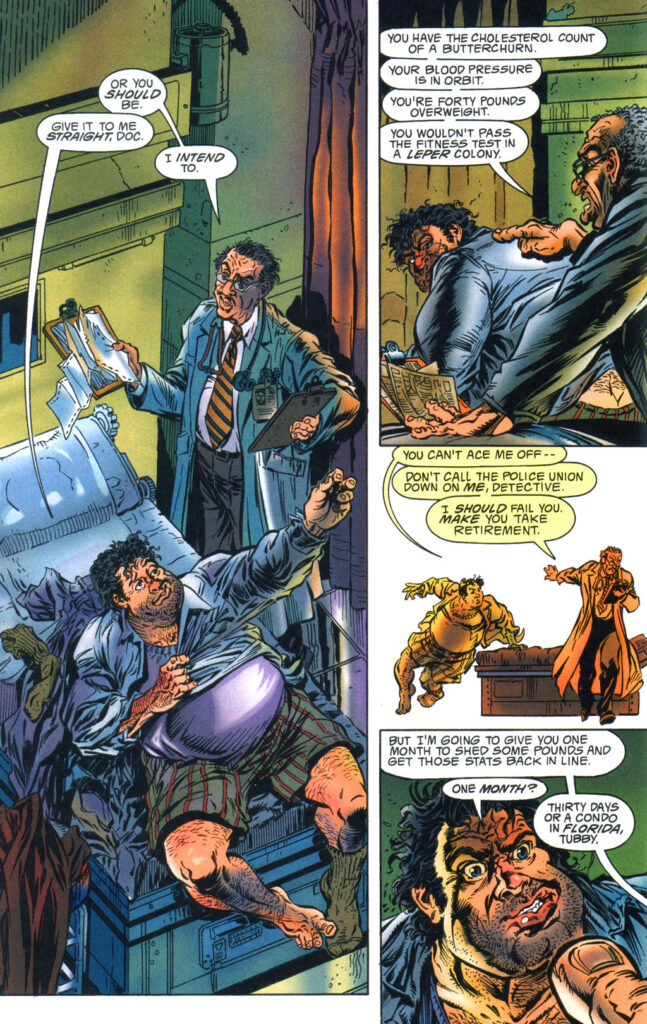
Bullock’s Law
Next month, I’ll write about what other writers did with Harvey Bullock, especially in the early 2000s. Spoilers: not all of it was pretty, but most of it was quite interesting.
In the meantime, enjoy the holidays!
The Batman Adventures Holiday Special



























